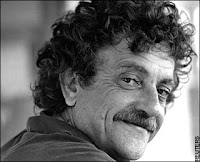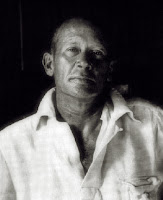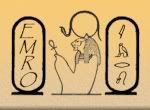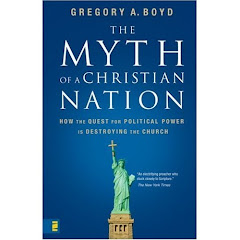It's All About Him
by David von Drehle
My reporter's odyssey has taken me from the chill dawn outside the Florida prison in which serial killer Ted Bundy met his end, to the charred façade of a Bronx nightclub where Julio Gonzalez incinerated 87 people, to a muddy Colorado hillside overlooking the Columbine High School library, in which Eric Harris and Dylan Klebold wrought their mayhem. Along the way, I've come to believe that we're looking for why in all the wrong places.
I've lost interest in the cracks, chips, holes and broken places in the lives of men like Cho Seung-Hui, the mass murderer of Virginia Tech. The pain, grievances and self-pity of mass killers are only symptoms of the real explanation. Those who do these things share one common trait. They are raging narcissists. "I died--like Jesus Christ," Cho said in a video sent to NBC.
Psychologists from South Africa to Chicago have begun to recognize that extreme self-centeredness is the forest in these stories, and all the other things-- guns, games, lyrics, pornography--are just trees. To list the traits of the narcissist is enough to prove the point: grandiosity, numbness to the needs and pain of others, emotional isolation, resentment and envy.
In interviews with Ted Bundy taped a quarter-century ago, journalists Stephen Michaud and Hugh Aynesworth captured the essence of homicidal narcissism. Through hour after tedious hour, a man who killed 30 or more young women and girls preened for his audience. He spoke of himself as an actor, of life as a series of roles and of other people as props and scenery. His desires were simple: "control" and "mastery." He took whatever he wanted, from shoplifted tube socks to human lives, because nothing mattered beyond his desires. Bundy said he was always surprised that anyone noticed his victims had vanished. "I mean, there are so many people," he explained. The only death he regretted was his own.
Criminologists distinguish between serial killers like Bundy, whose crimes occur one at a time and who try hard to avoid capture, and mass killers like Cho. But the central role of narcissism plainly connects them. Only a narcissist could decide that his alienation should be underlined in the blood of strangers. The flamboyant nature of these crimes is like a neon sign pointing to the truth. Charles Whitman playing God in his Texas clock tower, James Huberty spraying lead in a California restaurant, Harris and Klebold in their theatrical trench coats--they're all stars in the cinema of their self-absorbed minds.
Freud explained narcissism as a failure to grow up. All infants are narcissists, he pointed out, but as we grow, we ought to learn that other people have lives independent of our own. It's not their job to please us, applaud for us or even notice us--let alone die because we're unhappy.
A generation ago, the social critic Christopher Lasch diagnosed narcissism as the signal disorder of contemporary American culture. The cult of celebrity, the marketing of instant gratification, skepticism toward moral codes and the politics of victimhood were signs of a society regressing toward the infant stage. You don't have to buy Freud's explanation or Lasch's indictment, however, to see an immediate danger in the way we examine the lives of mass killers. Earnestly and honestly, detectives and journalists dig up apparent clues and weave them into a sort of explanation. In the days after Columbine, for example, Harris and Klebold emerged as alienated misfits in the jock culture of their suburban high school. We learned about their morbid taste in music and their violent video games. Largely missing, though, was the proper frame around the picture: the extreme narcissism that licensed these boys, in their minds, to murder their teachers and classmates.
Something similar is now going on with Cho, whose florid writings and videos were an almanac of gripes. "I'm so lonely," he moped to a teacher, failing to mention that he often refused to answer even when people said hello. Of course he was lonely.
In Holocaust studies, there is a school of thought that says to explain is to forgive. I won't go that far. But we must stop explaining killers on their terms. Minus the clear context of narcissism, the biographical details of these men can begin to look like a plausible chain of cause and effect--especially to other narcissists. And they don't need any more encouragement.
There's a telling moment in Michael Moore's film Bowling for Columbine, in which singer Marilyn Manson dismisses the idea that listening to his lyrics contributed to the disintegration of Harris and Klebold. What the Columbine killers needed, Manson suggests, was for someone to listen to them. This is the narcissist's view of narcissism: everything would be fine if only he received more attention. The real problem can be found in the killer's mirror.
Links:
http://www.time.com/time/magazine/article/0,9171,1612688,00.html
http://www.crimelibrary.com/serial_killers/notorious/bundy/index_1.html
http://www.crimelibrary.com/notorious_murders/mass/happyland/index_1.html
http://www.crimelibrary.com/notorious_murders/mass/littleton/index_1.html
http://home.comcast.net/~plutarch/Lasch.html


























